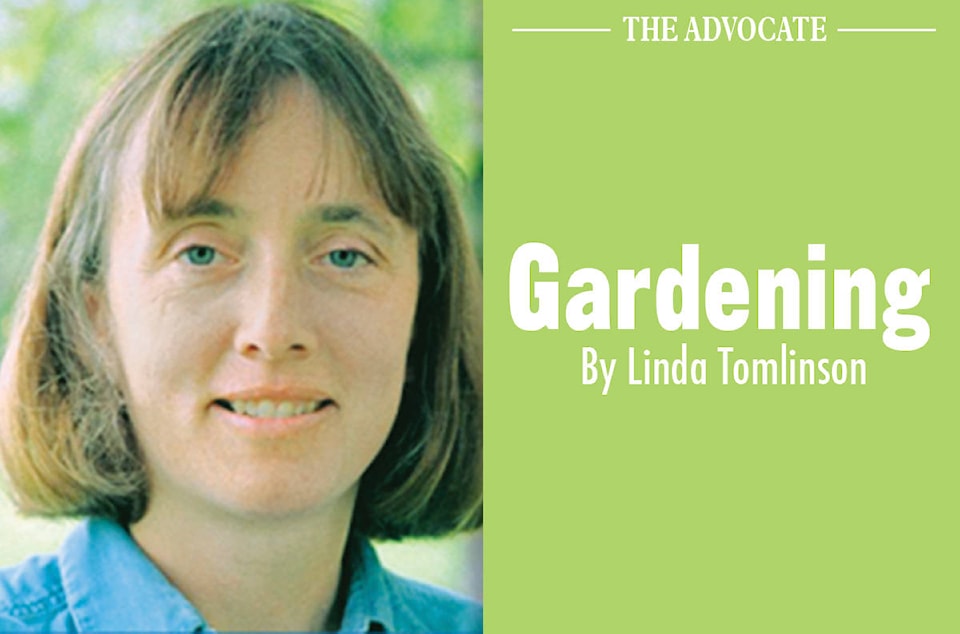Gardens have one or more functions. The first that comes to mind is to be an attractive place to relax. A place for people to gather.
Gardens are made by arranging trees, shrubs, perennials and annuals in attractive configurations. Not just for one season but so it is an attractive area all year. Each season will have a focal point, the place that the eye will go to first. An example would be the evergreens or bright tree bark that supply colour and contrast in the winter months but blend in to the background as the blooms and leaves appear in the spring
Gardens can contain many different areas with each one and in some cases each plant, having at least one purpose.
Shade trees are deciduous trees that grow tall with a large canopy. They are often planted to give shade in the yard on a hot day. They can also be planted on the west or south side of the house to block the sun from shining directly on the house. In the summer, the foliage will absorb some of the heat and the house will be cooler. In the winter, the leaves will be gone allowing the sun to shine through the branches and onto the house adding warmth..
Using trees and shrubs on the prairies to provide shelter has been a given since the days of early pioneers. It takes three plus layers of plants: shrubs, evergreens and deciduous trees, to divert the wind away from the yard. Lack of wind in the winter is a blessing, in the summer windbreaks can create a micro- climate of warmth.
Vegetable gardens and orchards, now often called food forests have been used for centuries to feed people. Today gardens are more often grown to provide fresh, chemical free food as fresh produce is readily available in the grocery stores. Not so long ago a good garden was the difference between being hungry or not.
Vegetables and herbs are no longer just part of a hidden garden. They are being intermixed with ornamentals. The department of Parks and Recreation in Morinville, just Northwest of Edmonton plants edibles in its planters and main flower beds: vegetables, herbs and flowers. When plants are ready for harvest, a sign is posted on the bed and on the town’s website. Their only problem has been over eager collectors who could have allowed some vegetables like carrots to grow larger before harvest. None of the residents have complained about the change. Most enjoy the free produce and the planters are attractive.
Edible plants tend to grow faster than ornamentals and crowd out many of the weeds leading to less maintenance.
Grasses are used on highway ditches to hold the soil in place. Shrubs by overpasses are planted for ornamental reasons and to stop erosion.
Within an urban setting placing plants under drains, on steep slopes slow the flow of water to the storm sewers. The term Rain Garden has been coined as a name for these gardens that are planted with the intention of slowing the movement of water. Grasses, perennials and shrubs that can withstand or thrive in a combination of wet then dry conditions are planted in an area that sees flowing water in the spring or a heavy rain water during storms. The ground is contoured to divert water into small catchment basins of flower beds. The plants within or at the edge of the bed benefit from the water that pools below the surface.
Rain gardens are usually located under eves and at the bottom of slopes; any place that water runs quickly from higher to lower areas. To most people these gardens are just an attractive part of the landscape.
These are just a few of the ways that plants and gardens are functional as well as ornamental.
Linda Tomlinson is a horticulturalist that lives near Rocky Mountain House. She can be reached at your_garden @hotmail.com
